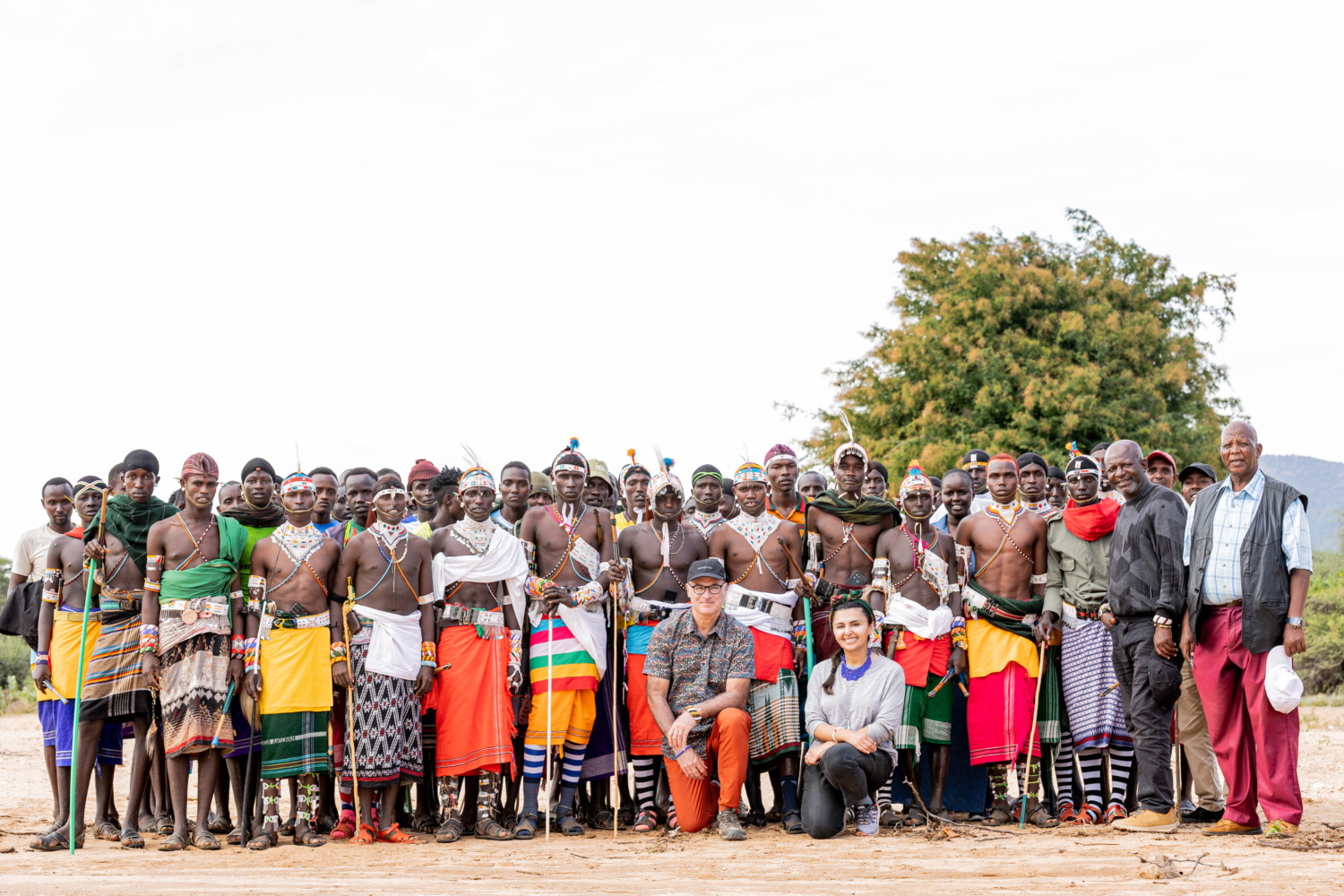This year, half the world’s population voted, wars raged, and generally the world felt like it was moving faster than one could keep up with or fathom. As such, it’s easy to fall into despair or to disengage.
I would counter that hope is not a feeling, it is an action. It is something you do. I know this can sound idealistic, even delusional, but it is one of the truths I’ve seen in working many years in war zones and environmental disasters: the people who use their actions to convey their belief in a better tomorrow are the ones who build that better tomorrow for all of us. I also see it in my own life. I am indigenous Pamiri, from what is now Tajikistan. When the Soviet Union fell and the newly formed nation of Tajikistan spiraled into civil war, I was in grade school. I saw the power of hope as community action. I see hope now in myself and my people, in our decision to heal through traditional knowledge, and in our continuance of caring for our lands, glaciers, and the flora and fauna we share our home planet with. This not only benefits the Pamiri, it benefits 2 billion people with clean, glacial water access across Asia. The glaciers we are stewards of control global weather patterns. Hope, as an action, has wide-ranging benefits.
That is why Home Planet Fund exists. There is a space for each of us to act in hope, in building a better today and better tomorrow. There are so many communities, like my own in Tajikistan, that are building hope and a better future not only for themselves but for all of us. They are doing this by regenerating critical ecosystems, biodiversity hotspots, and critical glacial watersheds.
If you need hope, let me share with you 3 things that we, as a Home Planet Fund community that includes you, have been able to do this year:
- Home Planet Fund launched Earth Day 2024. But we have been operating since August 2022 and already work across 1% of the Earth’s lands and waters, and we are on track to grow this to 8%!
- Our East African partners, pastoralists who manage the rangelands and grasslands, sequester the equivalent of each person on Earth’s carbon every single year (There is an average of 8kg of carbon in our bodies).
- Our partners in Alaska steward the Tongass Rainforest, the largest intact temperate rainforest on Earth. The towering old growth forests of the Tongass store the carbon equivalent of six million cars a year.
- We mean it when we say we will work where others can’t or won’t. We have quietly been working in Afghanistan with local women on reforesting and regenerative agriculture, restoring Afghanistan’s mountainous river valleys while giving these women economic freedom and food security. We are excited to share more in the new year, but a sneak peek here.
The most hopeful I have felt this year was visiting our partners in Northern Kenya during the short rains, where we got to share time with them in villages, see the migration of pastoralists, and understand the nexus of climate, biodiversity, big animal migration, and pastoralist lifestyles. As we were driving down beautiful, ochre-red soil paths, I will always remember how on the left side was a reserve with big animals and the right side was the Maasai pastoralist managed lands. The left side had high, yellowed grass that was homogenous as far as the eye can see. The right side had acacia trees, shrubs, short grasses that had new shoots growing. I was not surprised to hear that antelope, zebra, and elephants would escape the reserve to graze on the community lands that are managed by pastoralists. Science backs this: when grasslands aren’t grazed, they do not sequester carbon and lose biodiversity.
The answer is not to lock up land, in fear of others. The answer is to interact with our home planet. Our planet needs us, and we need it; there is reciprocity, there is an individual and communal relationship that needs to be nurtured. There is knowledge that is held by local communities that is our collective inheritance. Our work is to hope, to act.
This can look like uplifting the voices of Indigenous Peoples and Local Communities in policy and activism or planting heritage crops or plants in your garden. This can also look like supporting these communities through donations. Whatever you choose: my wish for you is hope as action, which is a balm during a tumultuous time.
Wishing you happy holidays and I look forward to being in hope and in action with you in the new year-
Soli Naw Muborak
Dilafruz Khonikboyeva
Executive Director, Home Planet Fund
P.S. Home Planet Fund is embarking on a $100 million fundraising campaign. The needs and asks from communities around the world has far outpaced the initial $20 million we started with. If you’re interested in being part of hope as an action, please consider donating directly online or reaching out to [email protected] for grants, large gifts, or grants.
